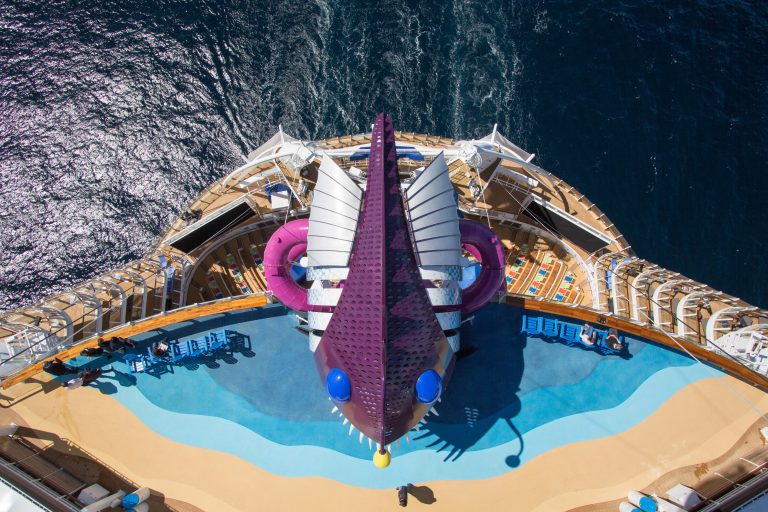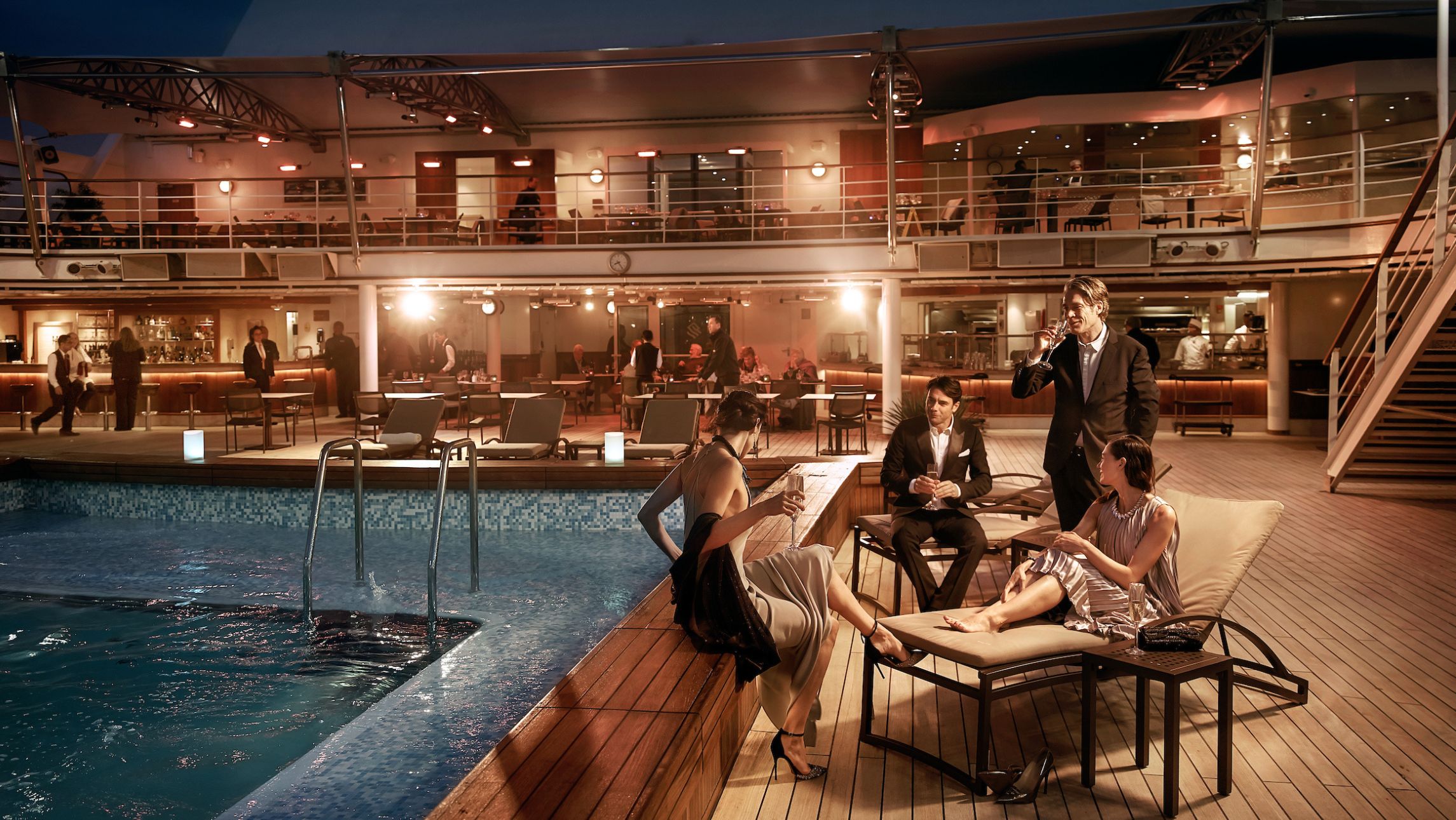An estimated 32 million passengers will take to the seas on a cruise holiday next year – 1.4 million of them from Australia and NZ, the latest report by Cruise Lines International Association maintains.
To meet the sharp increase in demand for cruises, CLIA has estimated that 19 new ocean ships will debut next year.
This will take the total number of ocean ships to 278 by the end of 2020, according to the latest CLIA 2018 Global Economic Impact Analysis.
The rise in cruise passenger numbers will have a positive impact in communities all over the world, as each passenger will spend US$376 ($547) in cities before they board the ship and another US$101 in each port destination they visit.
More travellers are spending time in and near cruise ports with 65 per cent of cruise passengers spending a few extra days at embarkation or debarkation ports.
Passengers are also becoming more conscious of environment issues, with eight out of 10 cruisers recycling what they use and 80 per cent reducing the use of single-use plastic. Seven out of ten cruisers also forego the use of plastic straws.
 The attitude to cruising has also changed for the better with more than 66 per cent of Generation X (those born between 1965 and 1979) and 71 per cent of Millennials (those born between 1981 and 1996) have a more positive attitude about cruising compared to two years ago.
The attitude to cruising has also changed for the better with more than 66 per cent of Generation X (those born between 1965 and 1979) and 71 per cent of Millennials (those born between 1981 and 1996) have a more positive attitude about cruising compared to two years ago.
More people are also looking for shorter cruises with cruise lines offering “bite-sized cruises” over three-to-five day itineraries to a variety of destinations, the CLIA report said.
There has also been a rise in the number of solo cruisers with more lines offering studio cabins, single-friendly activities and getting rid of single supplements.
“While demand for cruising has reached new heights, the cruise industry is accelerating our efforts to be a leader in responsible tourism,” said Kelly Craighead, president and CEO, CLIA. “Our members are at the forefront of best practices designed to protect the sanctity of the destinations we visit and enhance the experiences of travellers and residents alike.”
Ms Craighead said that the cruise industry will commit an investment of $22 billion to develop new energy efficient technologies by partnering with local governments in key destinations and committing to reducing the rate of carbon emissions by 40 per cent by 2030.
The development of new technology and cleaner fuels is “a top priority for the cruise industry,” she said.
A total of 44 per cent of new build will now rely on Liquified Natural Gas (LNG) fuel for primary propulsion, 68 per cent of global capacity will utilize EGCS (Exhaust Gas Cleaning Systems) and 75 per cent of non-LNG new builds will have EGCS.
All new builds will now have the Advanced Wastewater Treatment systems, 88 per cent of new builds will be configured to have shore-side power and more lines are exploring batter-propelled vessels, energy-efficient lighting, solar energy and advanced recycling.









